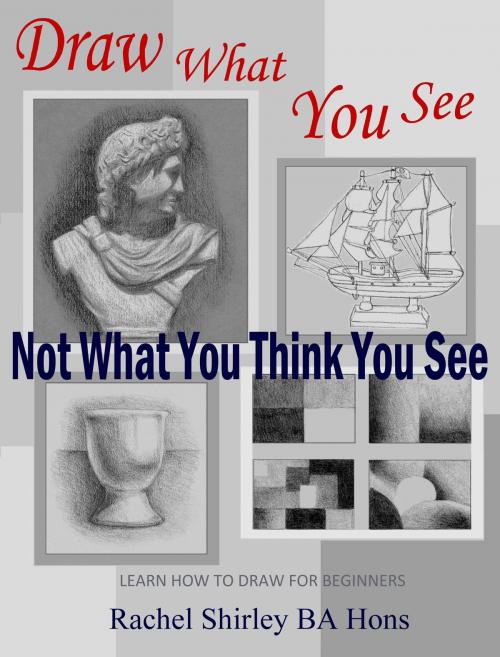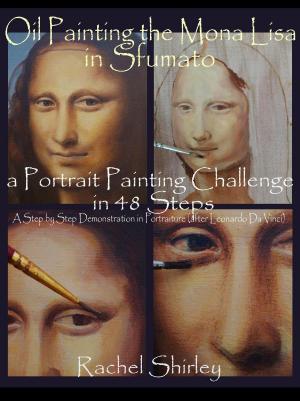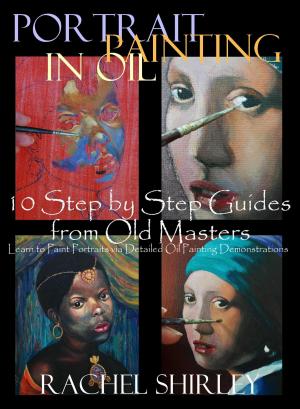Draw What You See Not What You Think You See: Learn How to Draw for Beginners
Nonfiction, Home & Garden, Crafts & Hobbies, Art Technique, Drawing, Art & Architecture, General Art| Author: | Rachel Shirley | ISBN: | 9781476341620 |
| Publisher: | Rachel Shirley | Publication: | April 14, 2012 |
| Imprint: | Smashwords Edition | Language: | English |
| Author: | Rachel Shirley |
| ISBN: | 9781476341620 |
| Publisher: | Rachel Shirley |
| Publication: | April 14, 2012 |
| Imprint: | Smashwords Edition |
| Language: | English |
Does drawing ability seem restricted to the ‘gifted’ where others would appear afflicted with picture dyslexia or a crippling lack of confidence in drawing? This book (now with large images for tablets) might help those wishing to learn to draw.
Designed to help build confidence in drawing, this book begins at the beginning, not with an exercise on how to draw a potted plant. Preliminary chapters explore the underlying causes of picture dyslexia with questionnaires into handedness and making visual judgments.
The main body of this book does not delve into prescriptive matters such as vanishing points, measuring and plotting, but simply with the art of seeing by promoting all fields of vision. Exercises aimed to develop this skill can be found in special exercises that include symmetrical drawing, upside-down drawing, abstract drawing, the weight of marks and much more. The projects progress slowly, not abruptly, promoting success in learning.
The A, B and C of drawing are touched upon throughout the book, helping to enhance the drawing experience before moving onto specialised shading techniques such as working on a toned ground via chalk and pastel pencils. The main body of the book however, requires the use of but a few basic drawing materials.
For reference, prescriptive matters of drawing can be found in the final chapter, which explains vanishing points, plotting and how to draw ellipses.
Book’s statistics: 15,500 words and around 90 images.
The author has a PCET qualification in teaching as well as a Degree in Fine Art.
Does drawing ability seem restricted to the ‘gifted’ where others would appear afflicted with picture dyslexia or a crippling lack of confidence in drawing? This book (now with large images for tablets) might help those wishing to learn to draw.
Designed to help build confidence in drawing, this book begins at the beginning, not with an exercise on how to draw a potted plant. Preliminary chapters explore the underlying causes of picture dyslexia with questionnaires into handedness and making visual judgments.
The main body of this book does not delve into prescriptive matters such as vanishing points, measuring and plotting, but simply with the art of seeing by promoting all fields of vision. Exercises aimed to develop this skill can be found in special exercises that include symmetrical drawing, upside-down drawing, abstract drawing, the weight of marks and much more. The projects progress slowly, not abruptly, promoting success in learning.
The A, B and C of drawing are touched upon throughout the book, helping to enhance the drawing experience before moving onto specialised shading techniques such as working on a toned ground via chalk and pastel pencils. The main body of the book however, requires the use of but a few basic drawing materials.
For reference, prescriptive matters of drawing can be found in the final chapter, which explains vanishing points, plotting and how to draw ellipses.
Book’s statistics: 15,500 words and around 90 images.
The author has a PCET qualification in teaching as well as a Degree in Fine Art.















